Great Lakes, Great Mistakes

Sheboygan River Freshwater Estuary
On the days when fish kills plagued the lake, the shores were choked with bodies. My brother and I would wade through the glassy-eyed corpses until we reached the open water. These fish kills were mostly caused by pockets of industrial pollution being stirred up in the water — an occurrence that continues to this day. We’d do our best to pick our way past, but it was impossible to avoid touching them. I still remember the feeling. Cold, slick, and still. The feeling of a secret brought to the surface.
The Great Lakes have a long history of industrial pollution. In this work, my main focus revolves around what the EPA considers to be the Great Lakes Areas of Concern (AOCs). This list contains 27 rivers that flow into the Lakes, most of which are or have been areas of industrial and chemical pollution. They range from Michigan, Ohio, New York, Wisconsin, Indiana, Pennsylvania, and Illinois. Since 1987 when the Great Lakes Quality Agreement was formed, the EPA has delisted only four of these rivers.
The Great Lakes make up 95% of the US’s fresh water supply and are places of vast but fragile biodiversity. Due to climate change, the world’s fresh water is decreasing at an alarming rate — making conservation more vital than ever. Growing up, I always heard the old Michigan slogan, “Great Lakes Great Times” — a hopeful message meant to draw people to these wondrous bodies of water.
My goals for this project go beyond raising the alarm and revealing the issues facing the Great Lakes. This work explores how people can help. I have hope that even in this political climate, we can work together to restore the Great Lakes and ensure a more sustainable future for all of us.
M. Katie White

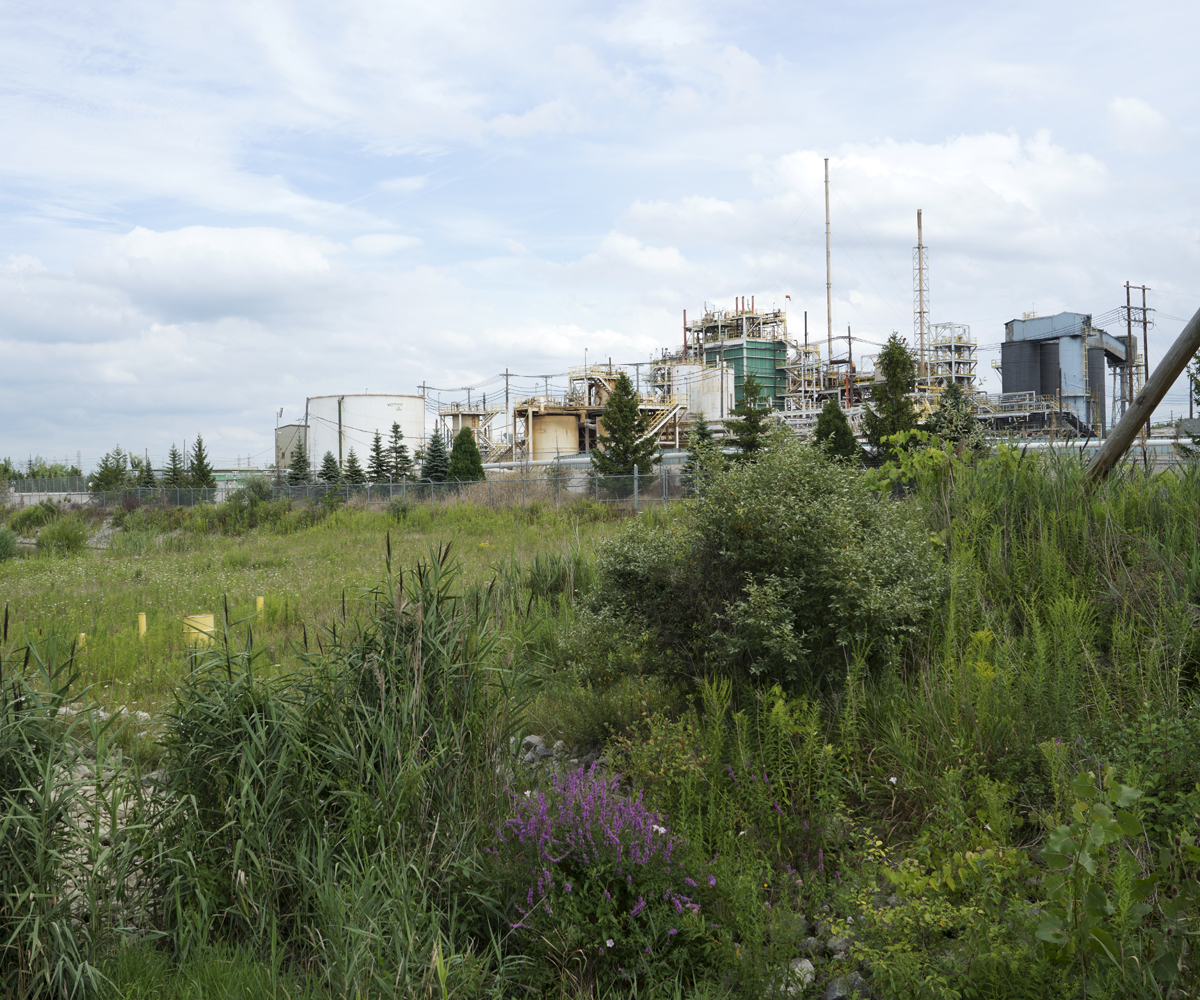
Ashtabula River Field Brooks Superfund Site #1
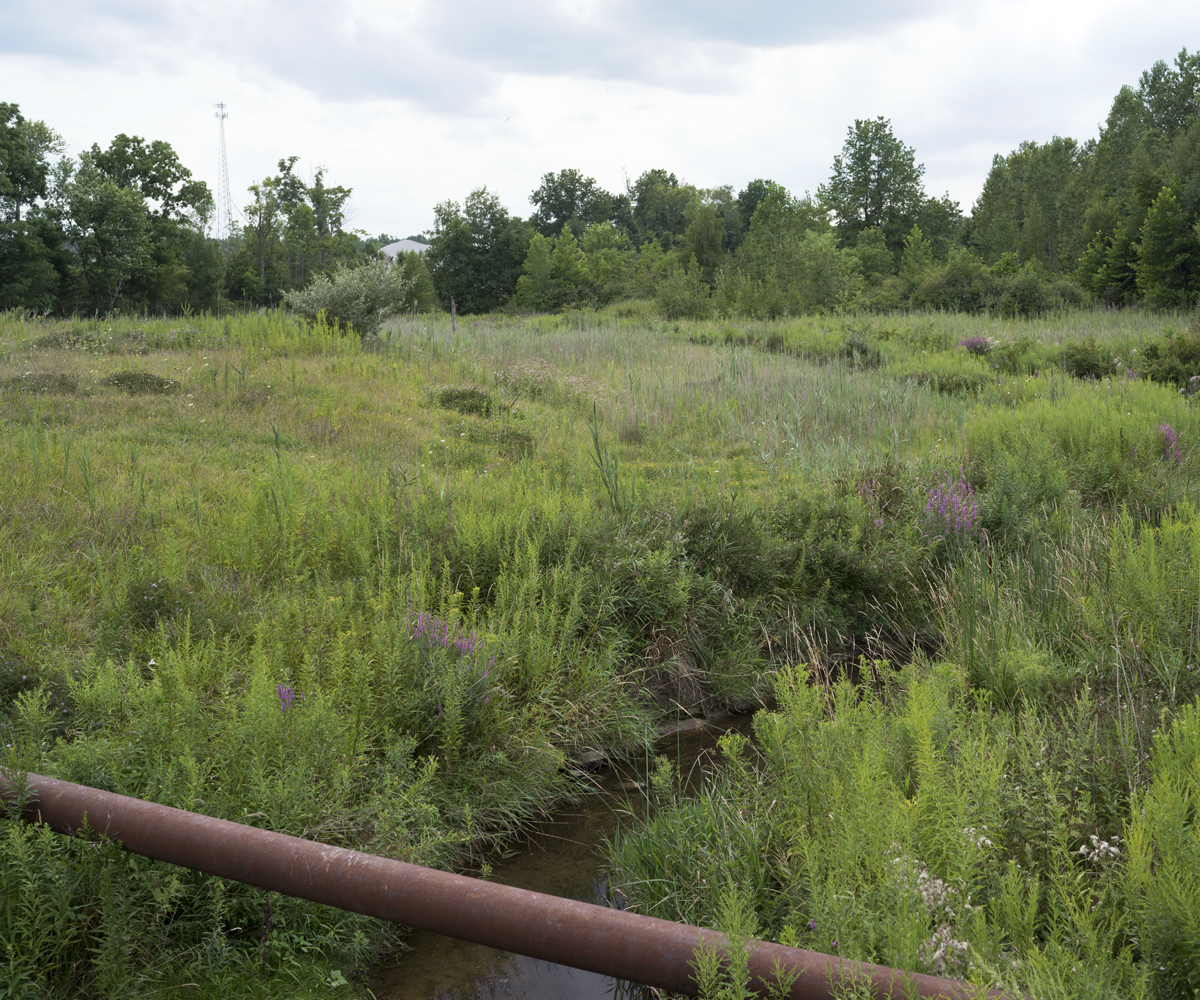
Ashtabula River Field Brooks Superfund Site #2

Ashtabula River Field Brooks Superfund Site #3

Ashtabula River Habitat Restoration Area

Menominee River Runoff #2
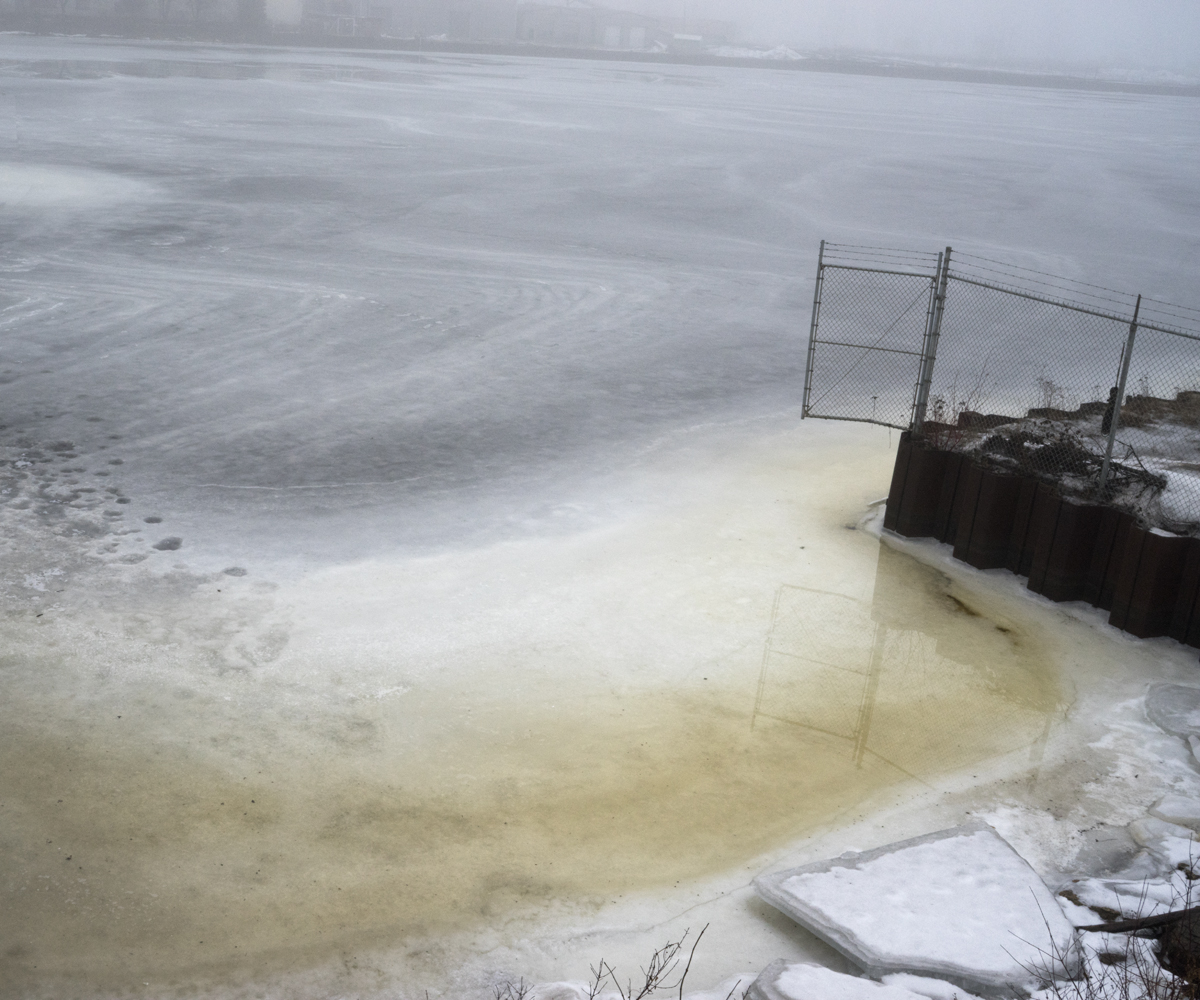
Menominee River Runoff #1

Waupaca Foundry, Menominee River #1

Waupaca Foundry, Menominee River #2

Menominee River

Marinette Marine Navy Ships, Menominee River
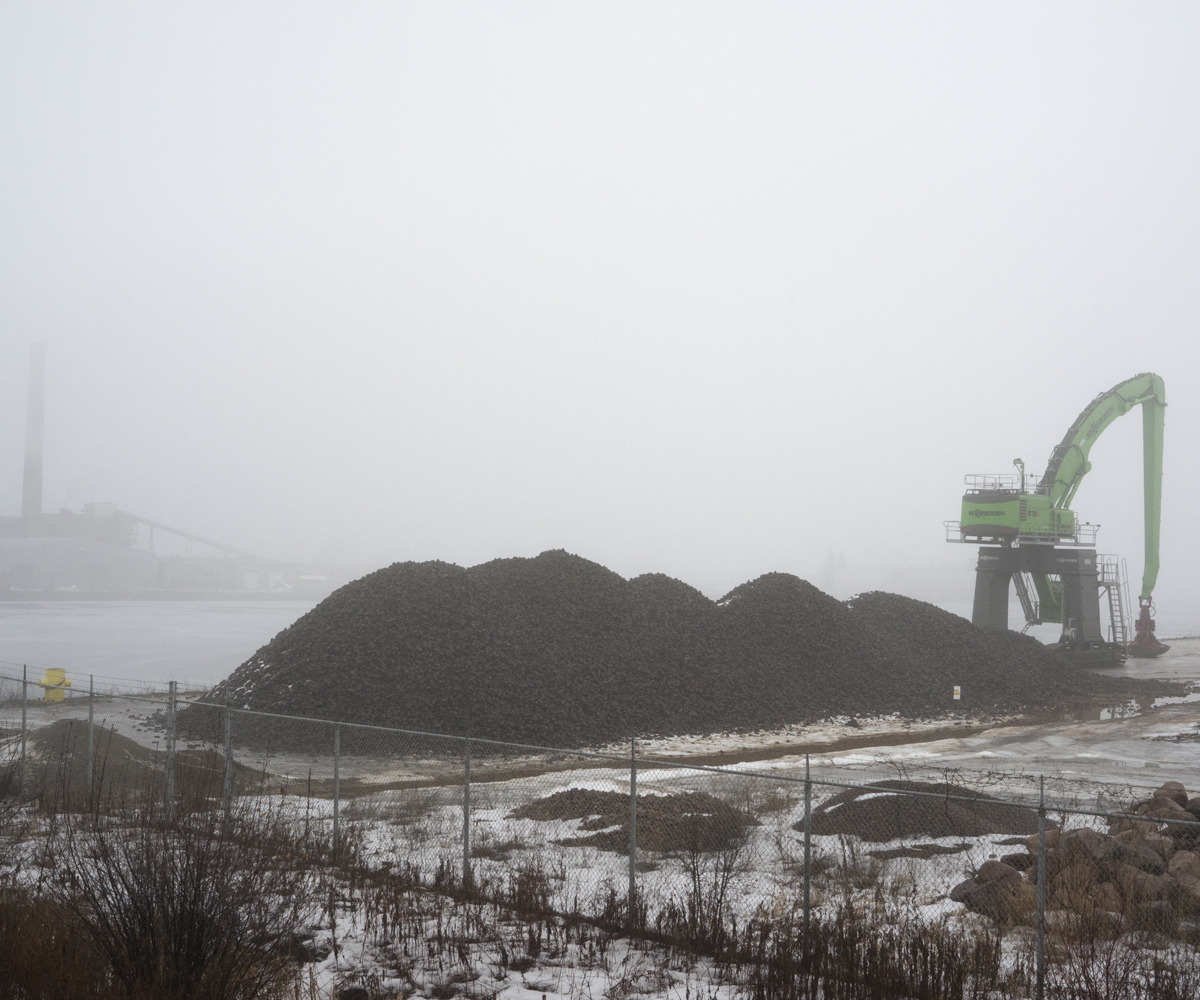
Marinette Coal, Menominee River

Menominee River Area of Concern #1

Menominee River Area of Concern #2

Fox River Area of Concern #1
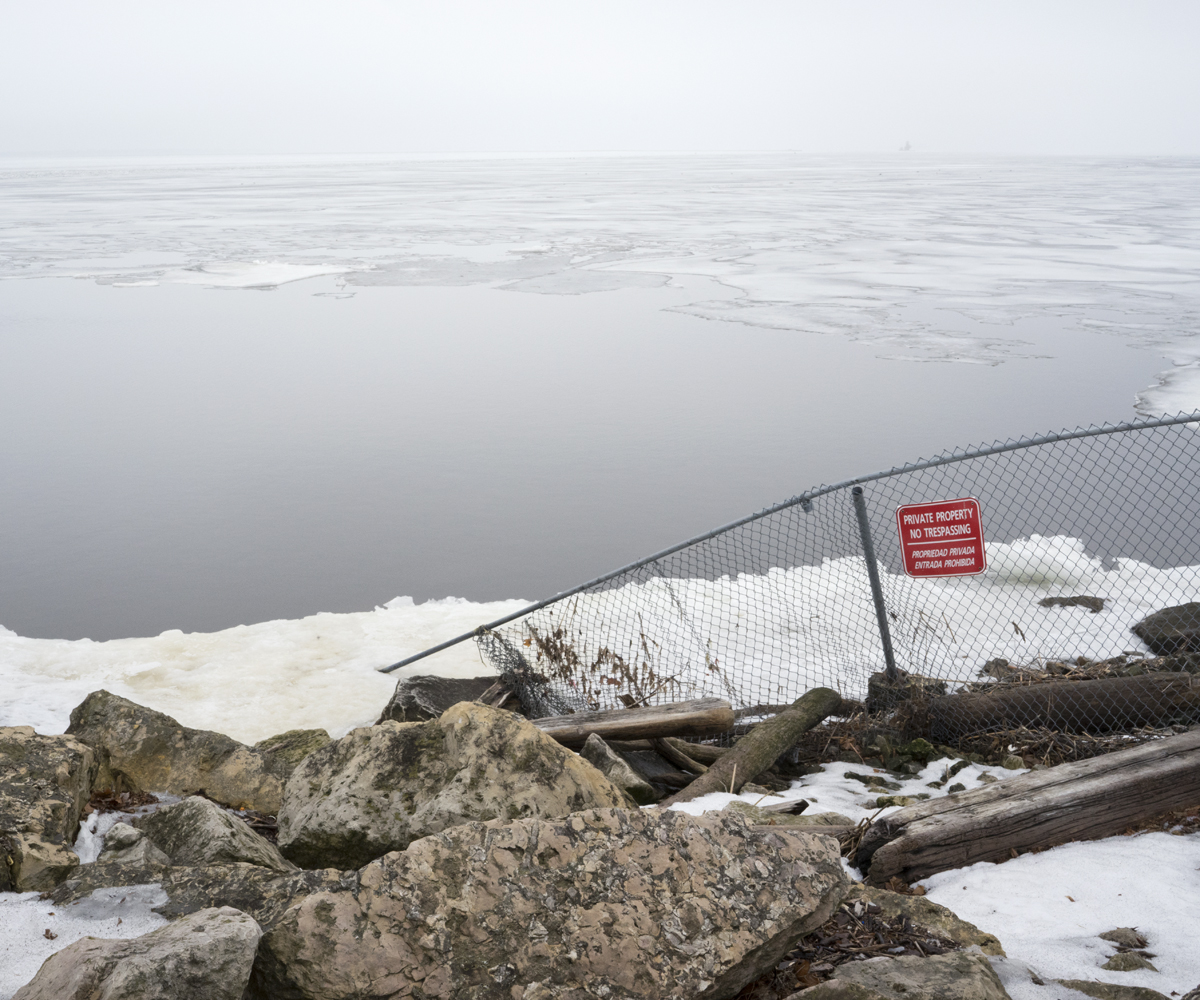
Green Bay Area of Concern #1

Green Bay Area of Concern #2
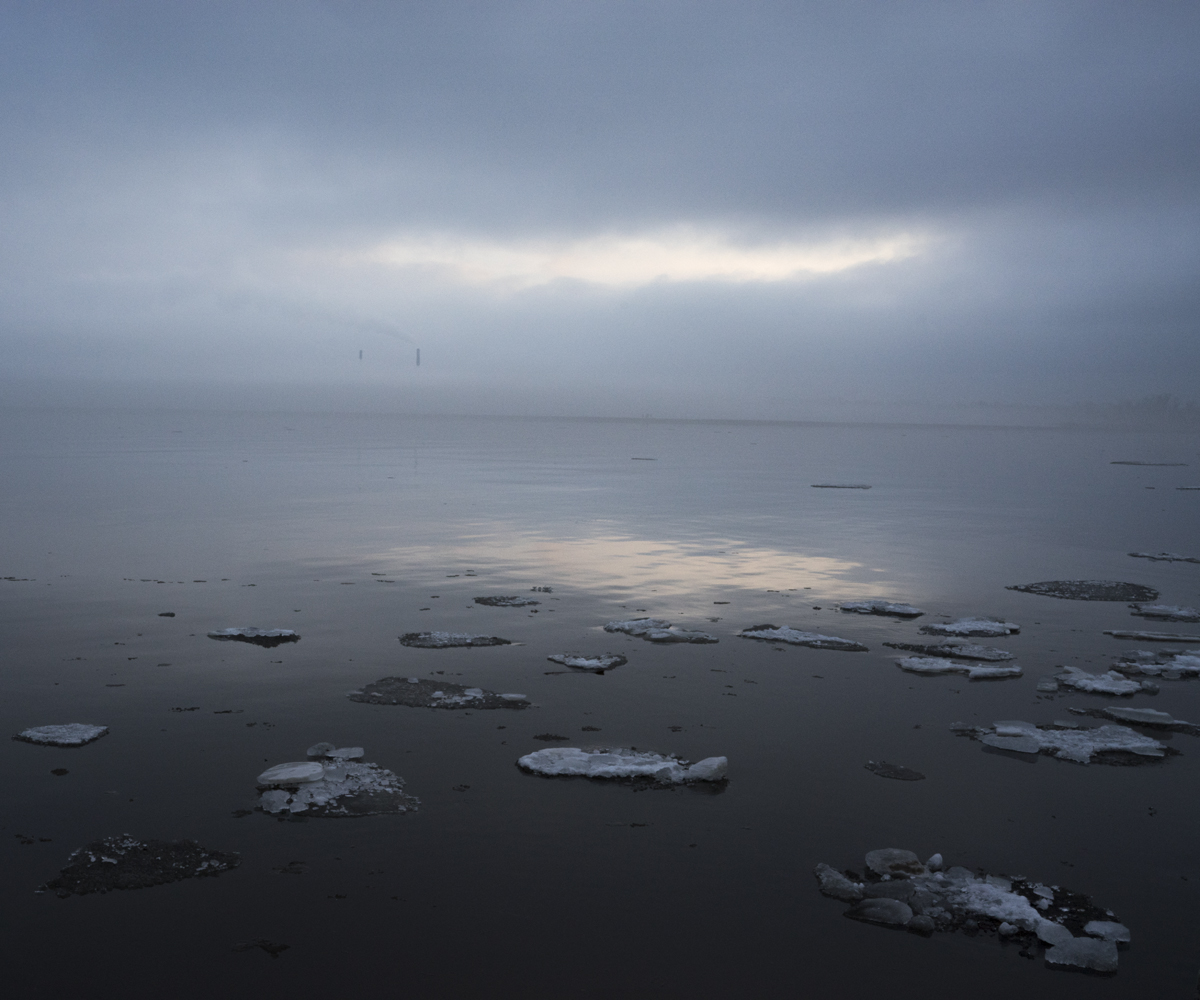
Sheboygan River Freshwater Estuary

Sheboygan Area of Concern

Sheboygan River Harbor
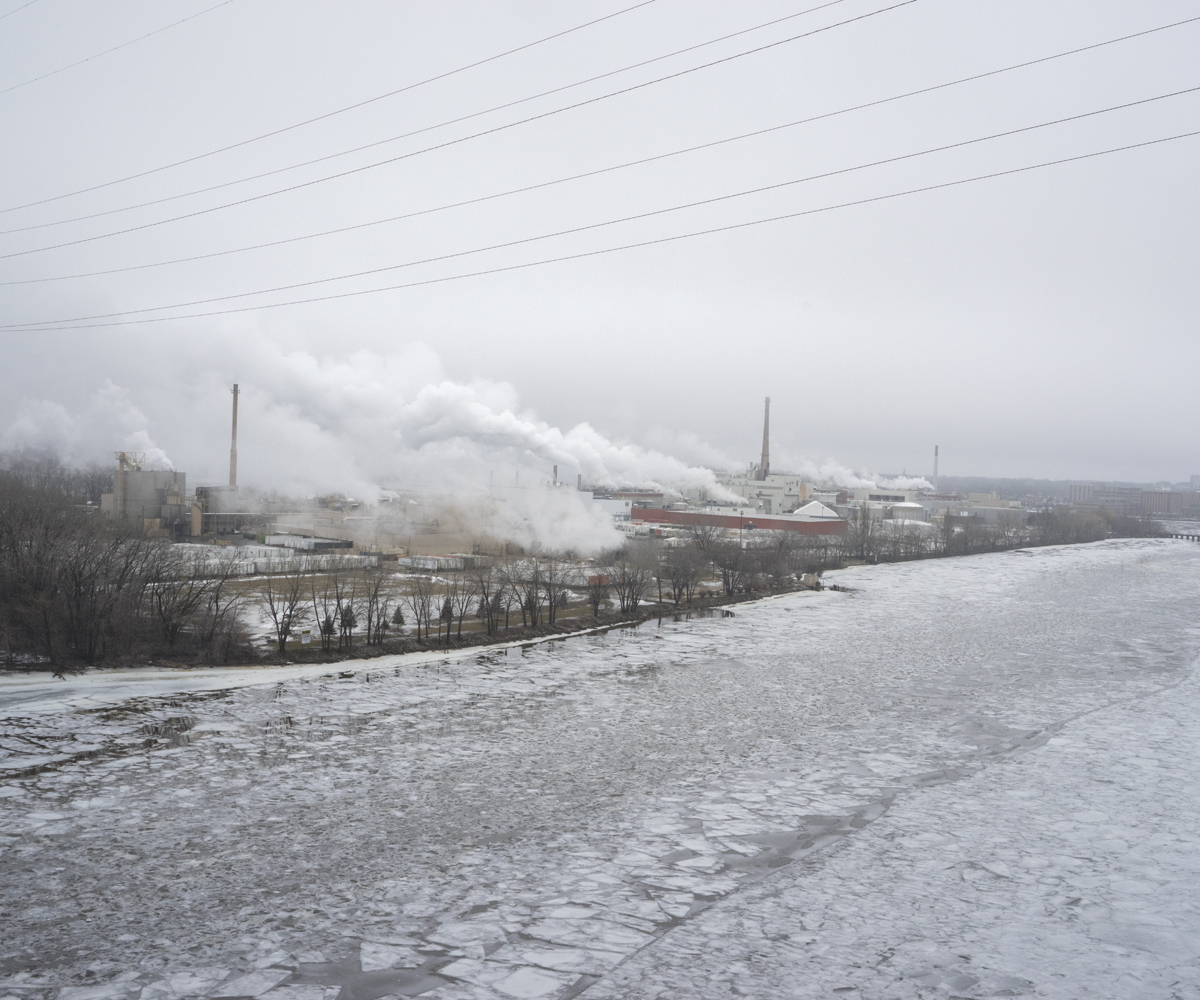
Lower Green Bay Industrial Park
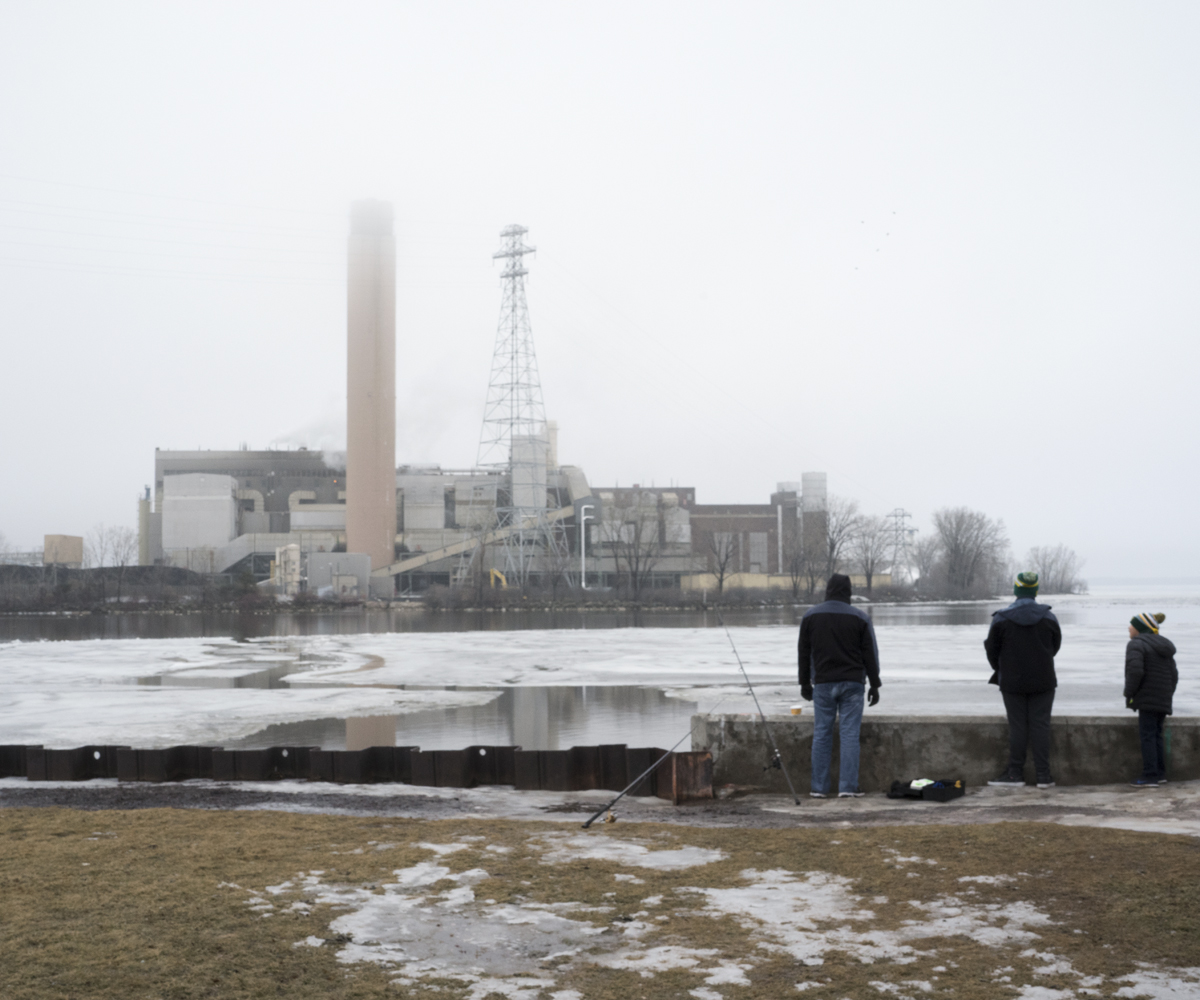
Green Bay Freshwater Estuary

Georgia-Pacific Corporation, Fox River
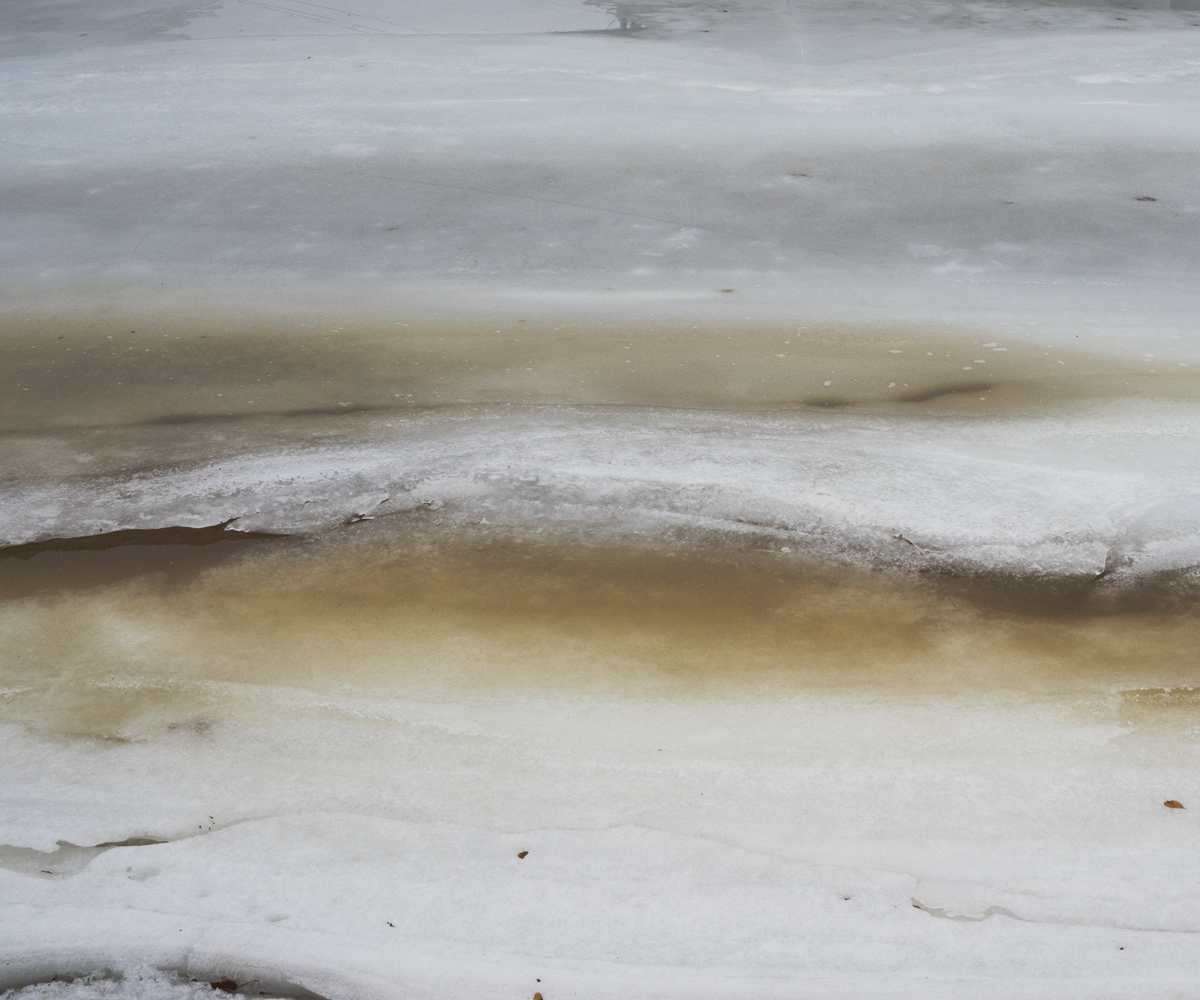
Fox River Area of Concern #2

Niagara River Gorge

Jones Island Sewage Treatment Plant, Milwaukee Estuary
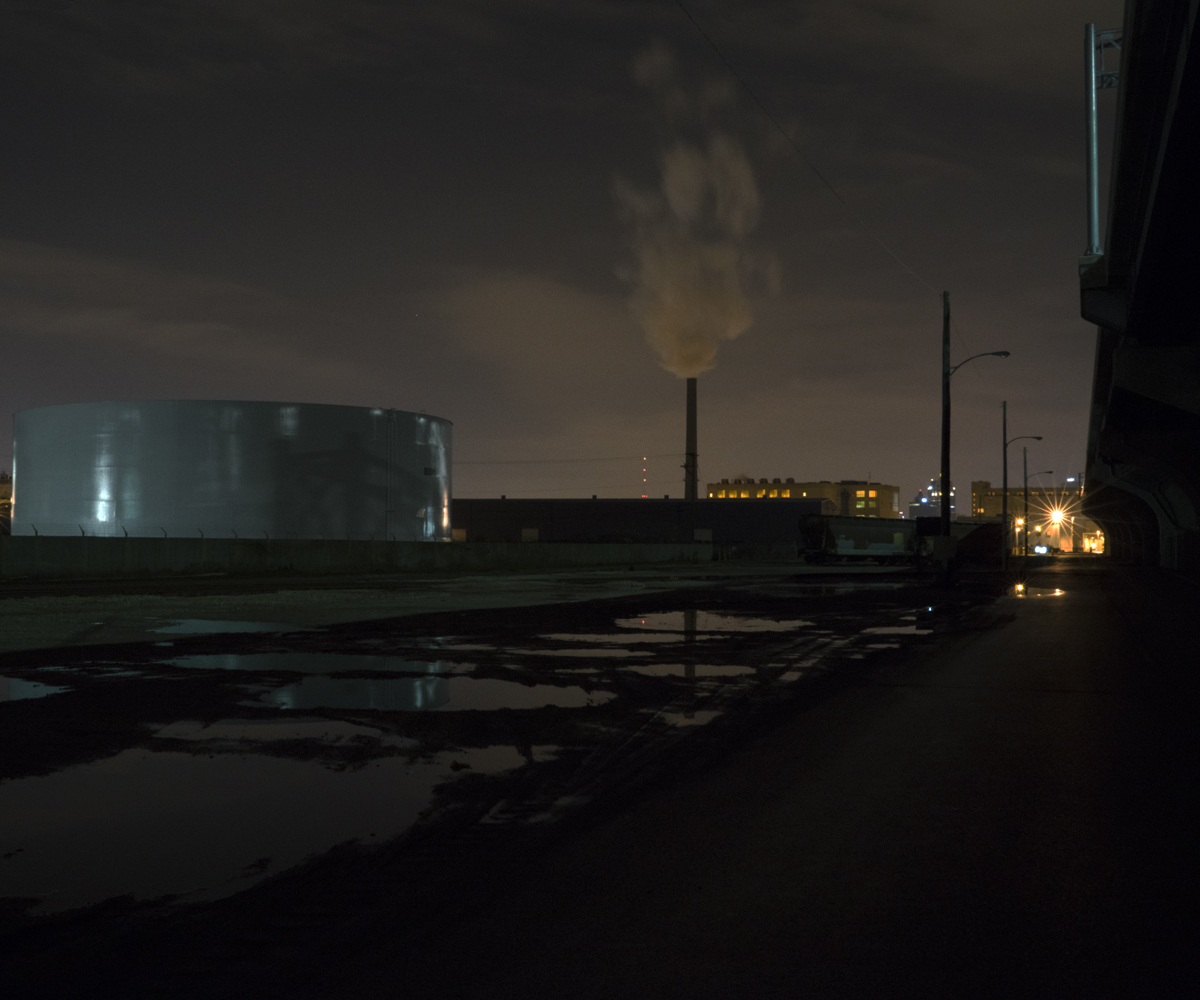
Veolia Water Treatment Plant, Milwaukee Estuary
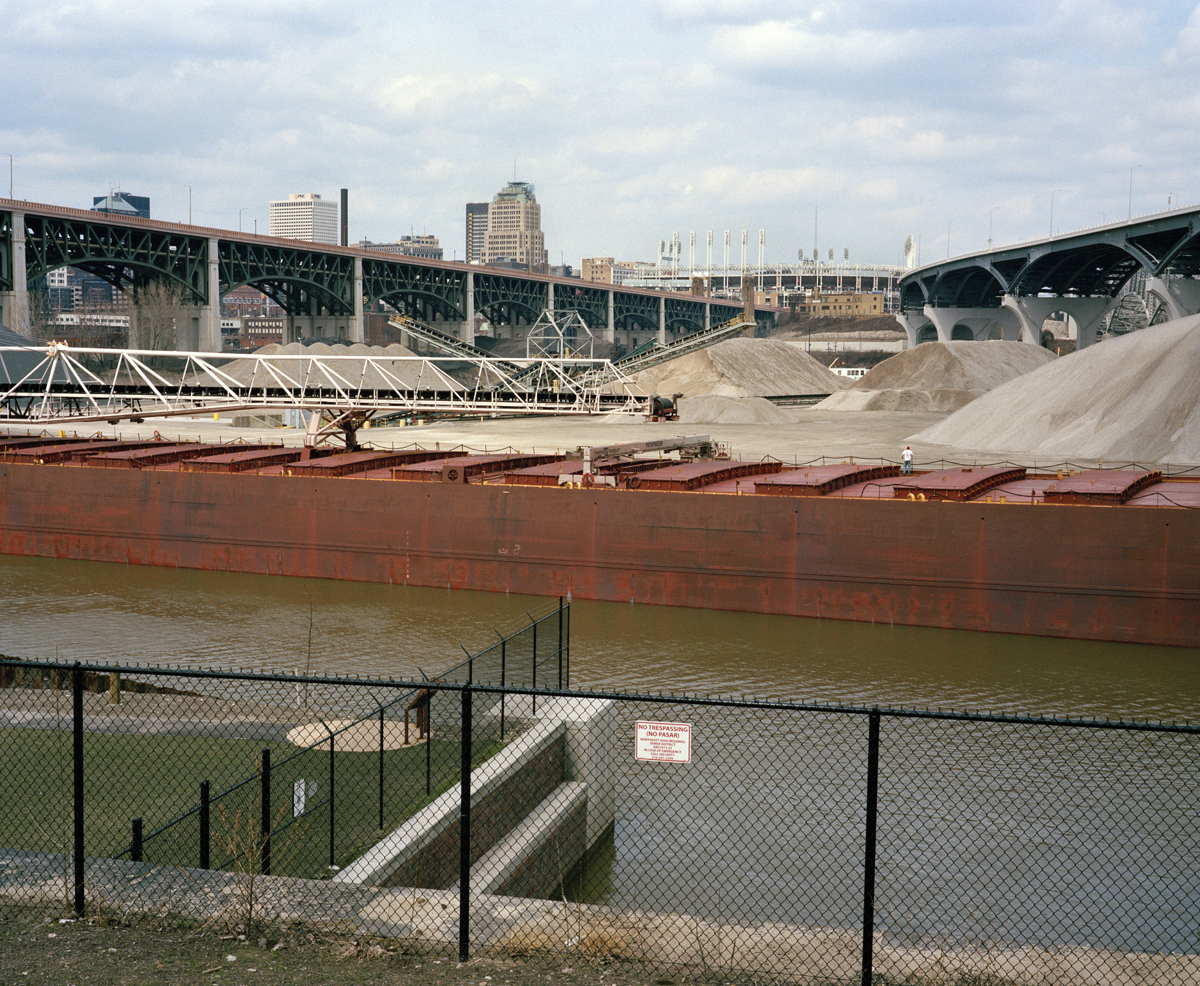
Scranton Flats Cleveland, Cuyahoga River
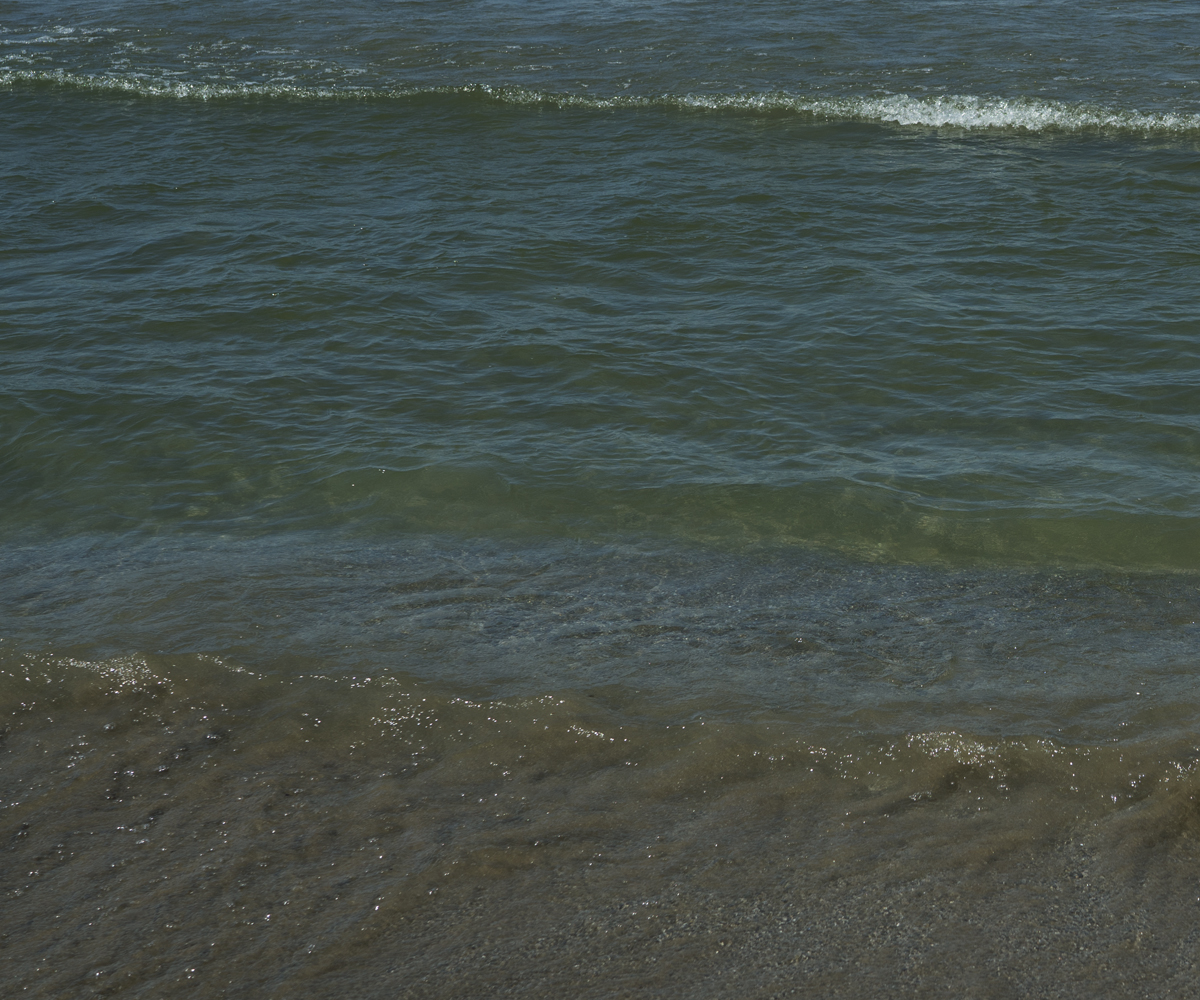
Cuyahoga River Area of Concern

Cuyahoga River Freshwater Estuary: Closed due to Eutrophication

Maumee River Iron Dock

Maumee River Area of Concern
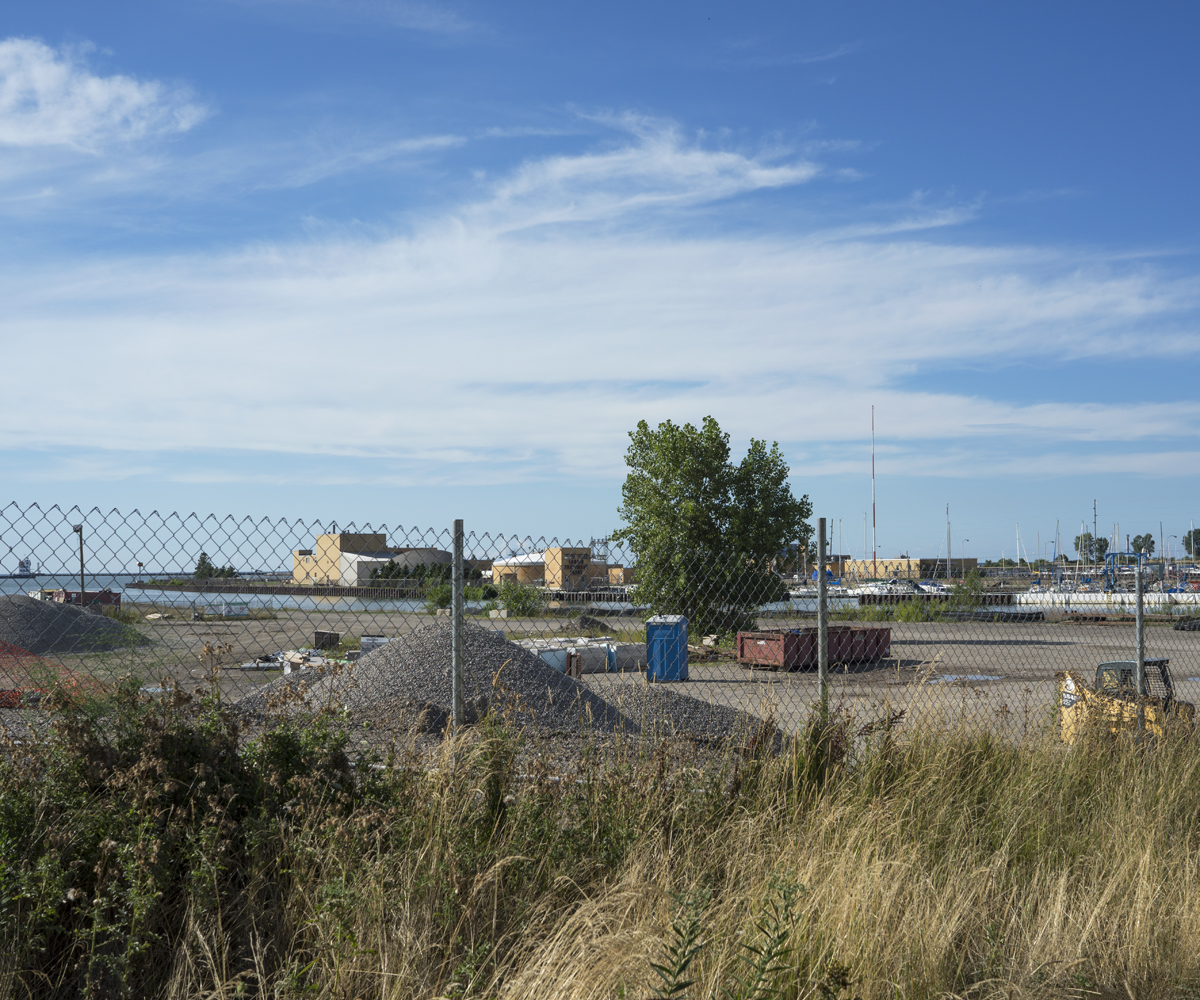
Black River: River of Fish Tumors

River of Fish Tumors
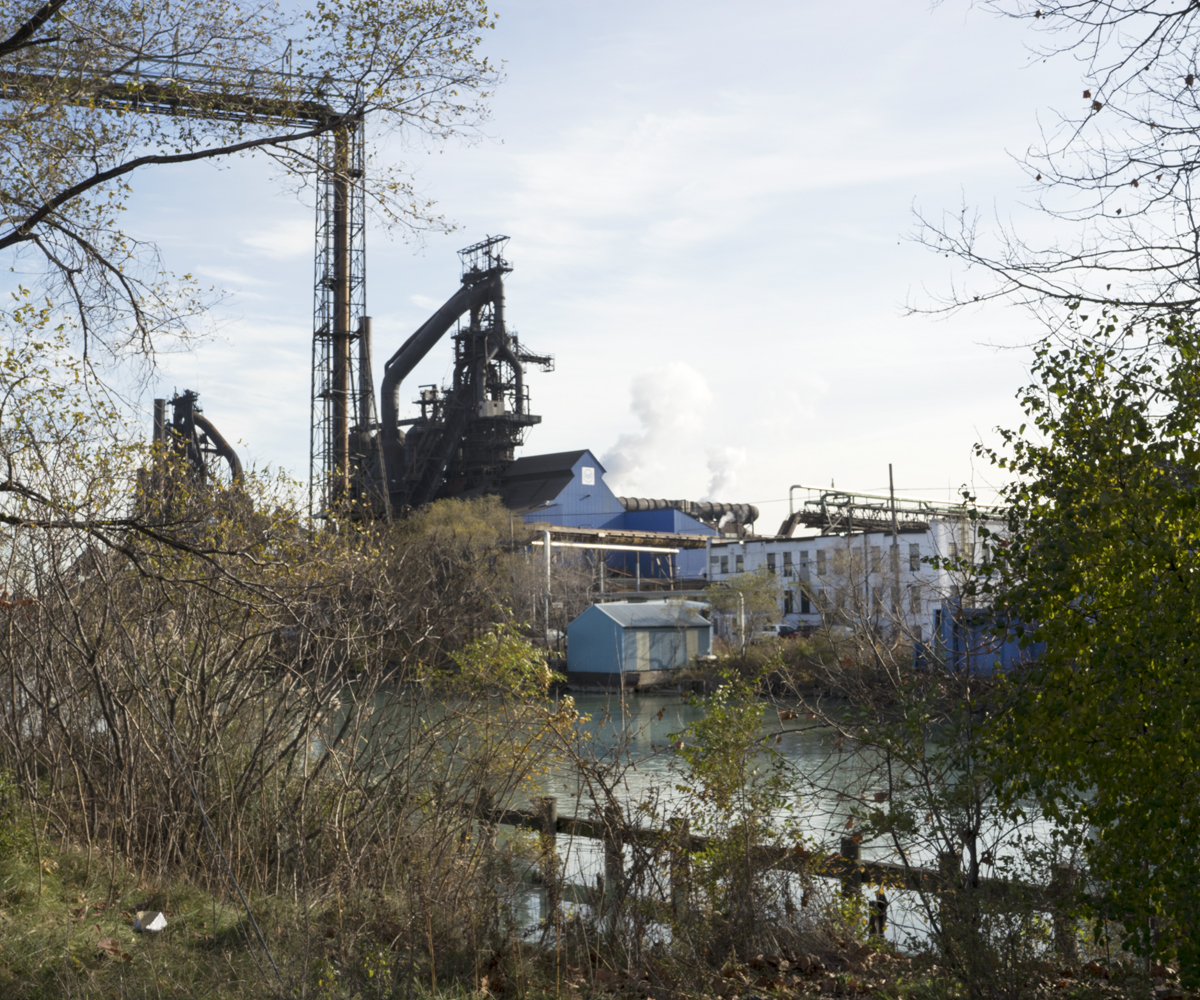
Zug Island, Detroit and Rouge River Confluence

Detroit and Rouge River Confluence
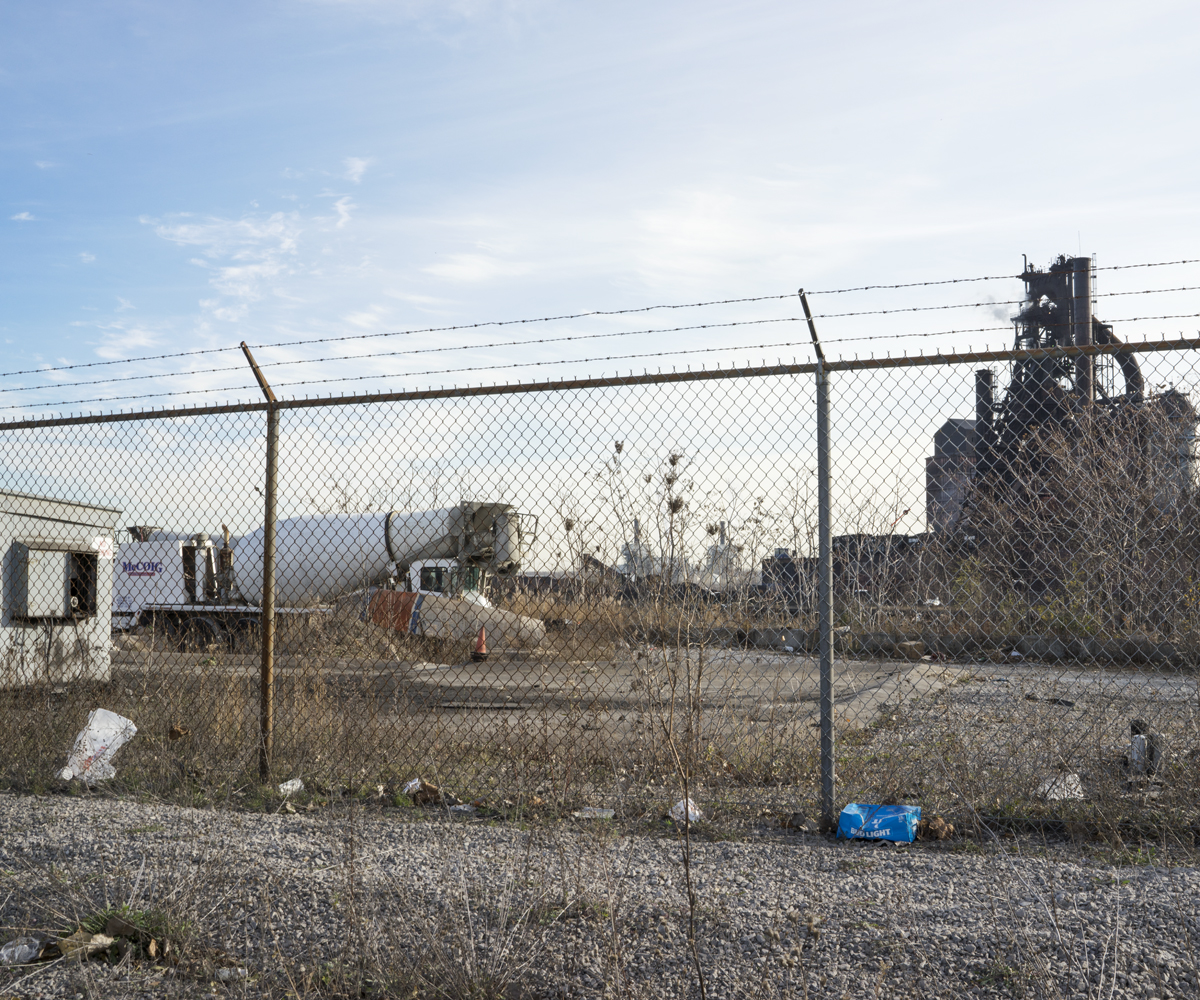
Detroit River Area of Concern
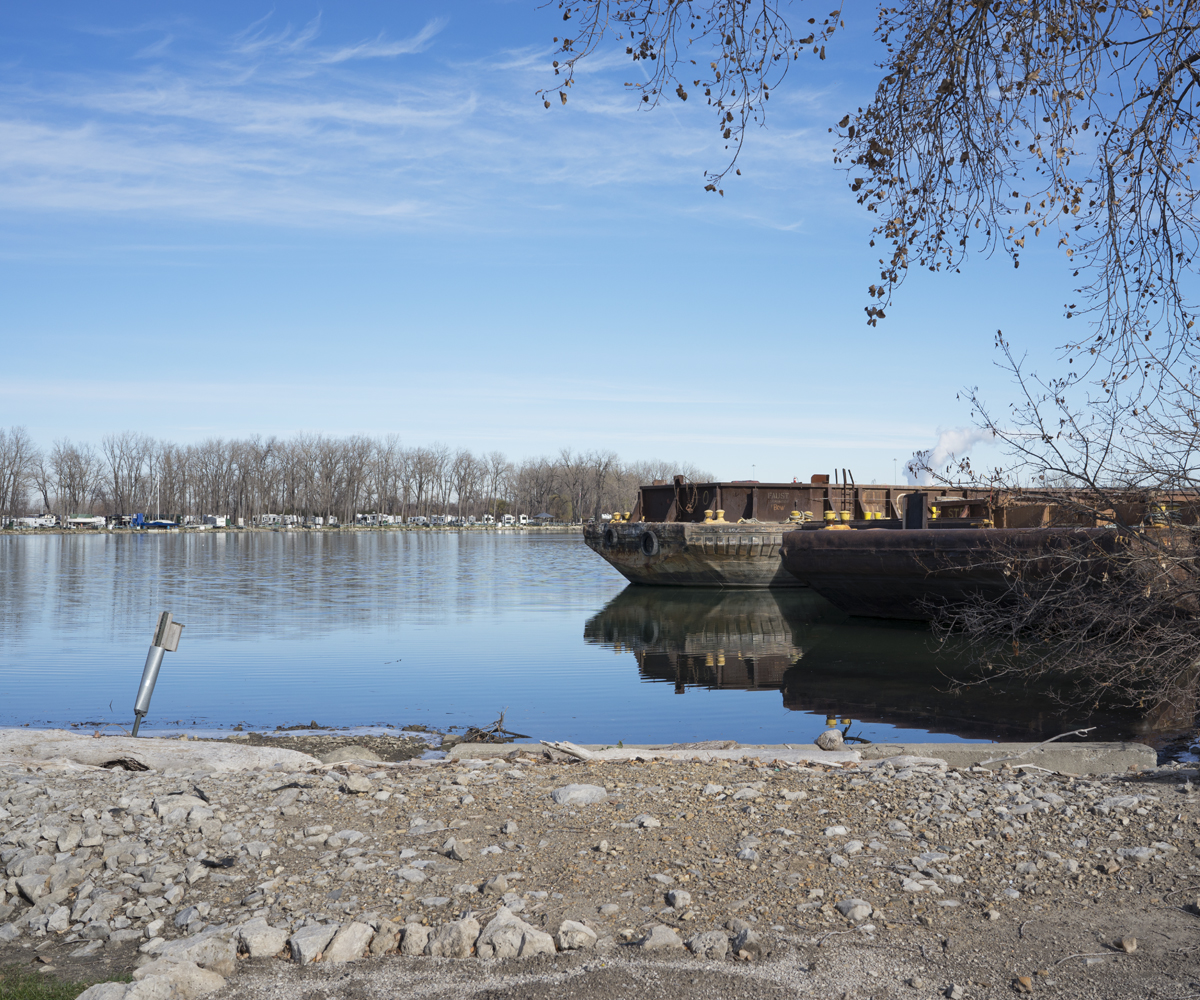
Clinton River Mobile Home Park
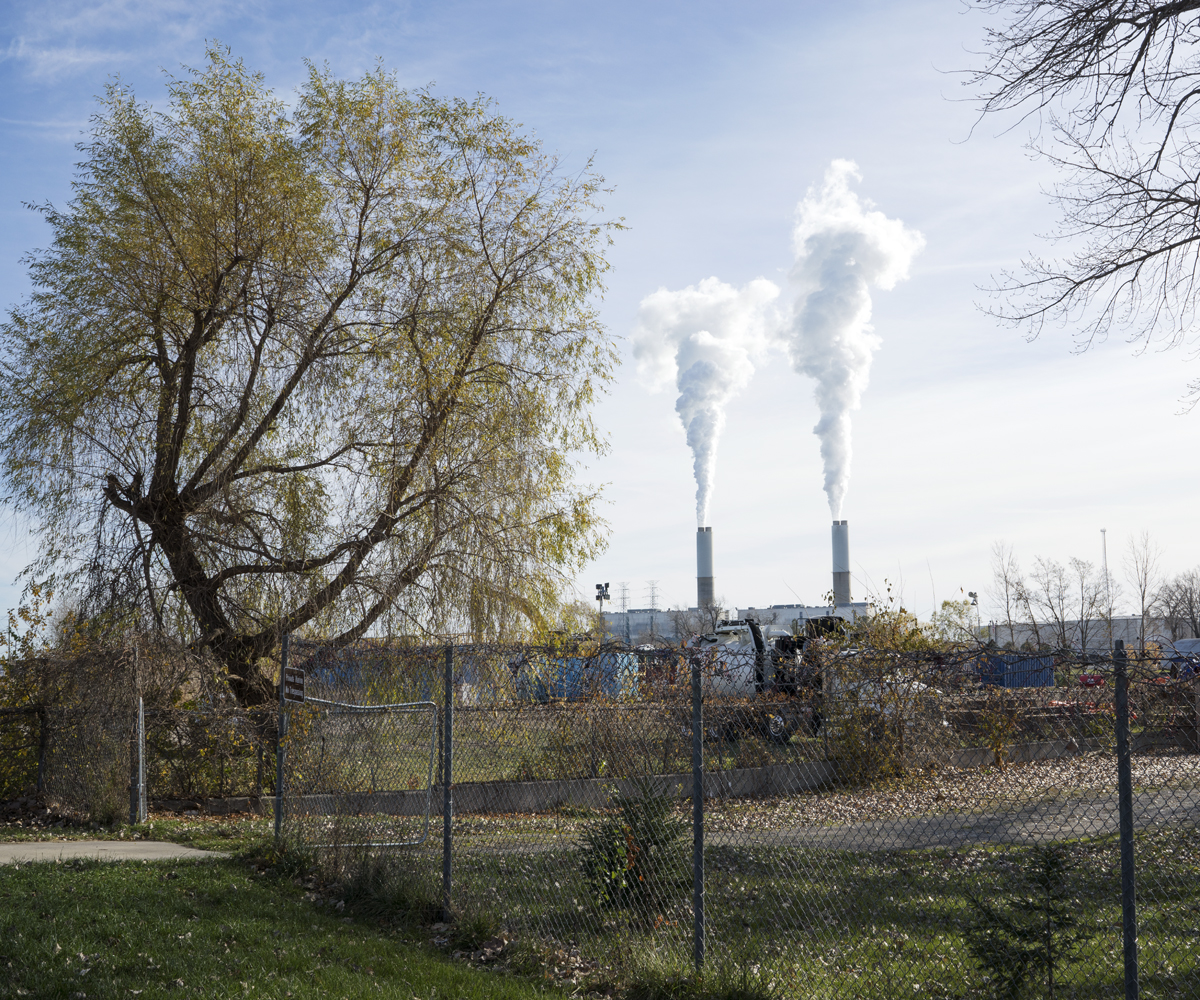
Steel Fabrication Plant in Port Monroe, River Raisin

Saginaw Bay Area of Concern

Chemical Valley, Canada St Clair River

Chemical Valley
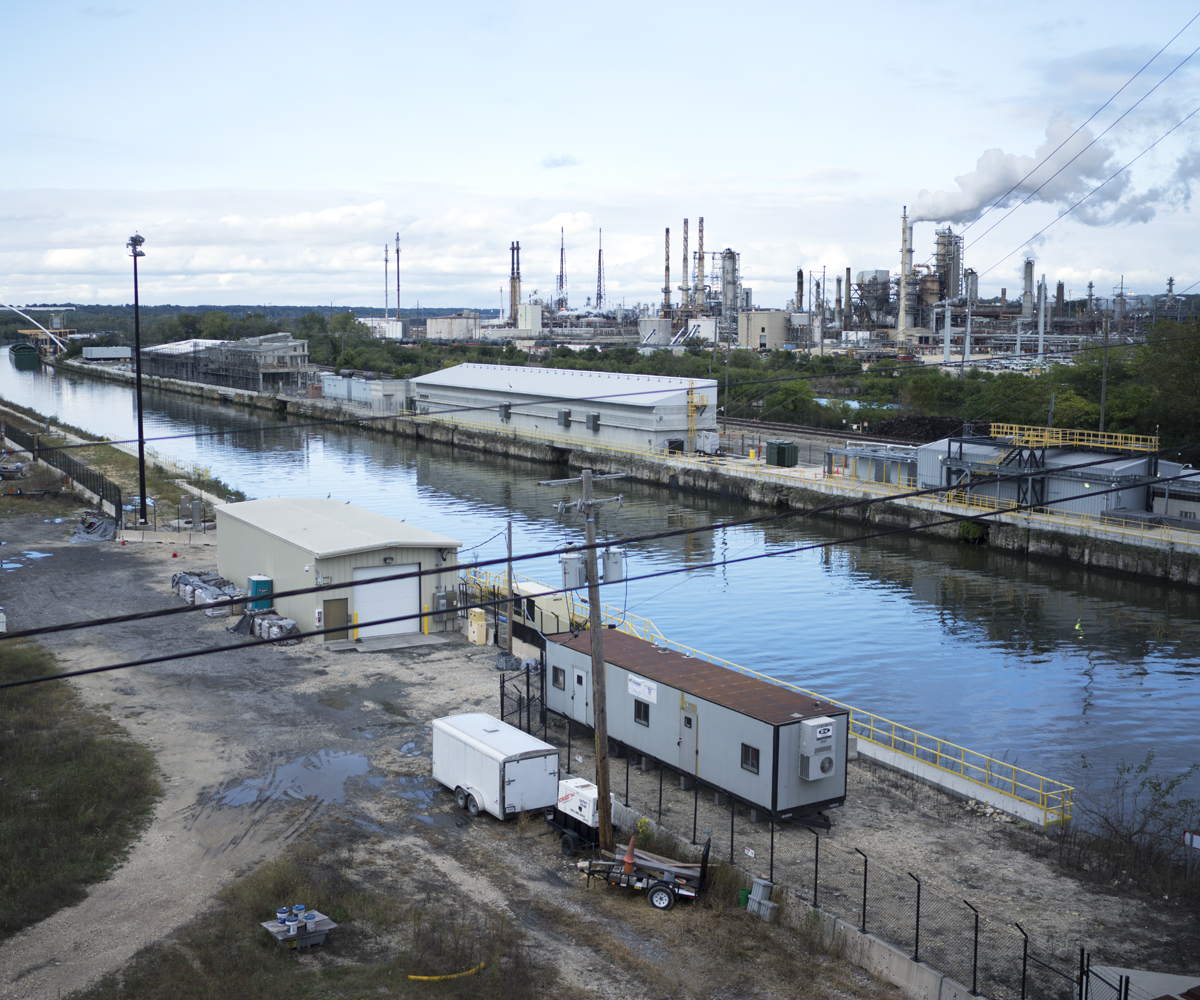
Electrical Asian Carp Barrier, Chicago Sanitary and Ship Canal
Great Lakes Great Mistakes Exhibition
Iowa City, IA 2017

Installation Drewelowe Gallery Iowa City, IA

Installation Drewelowe Gallery Iowa City, IA

Installation Drewelowe Gallery Iowa City, IA

One Sentence Elimination, Drewelowe Gallery Iowa City, IA
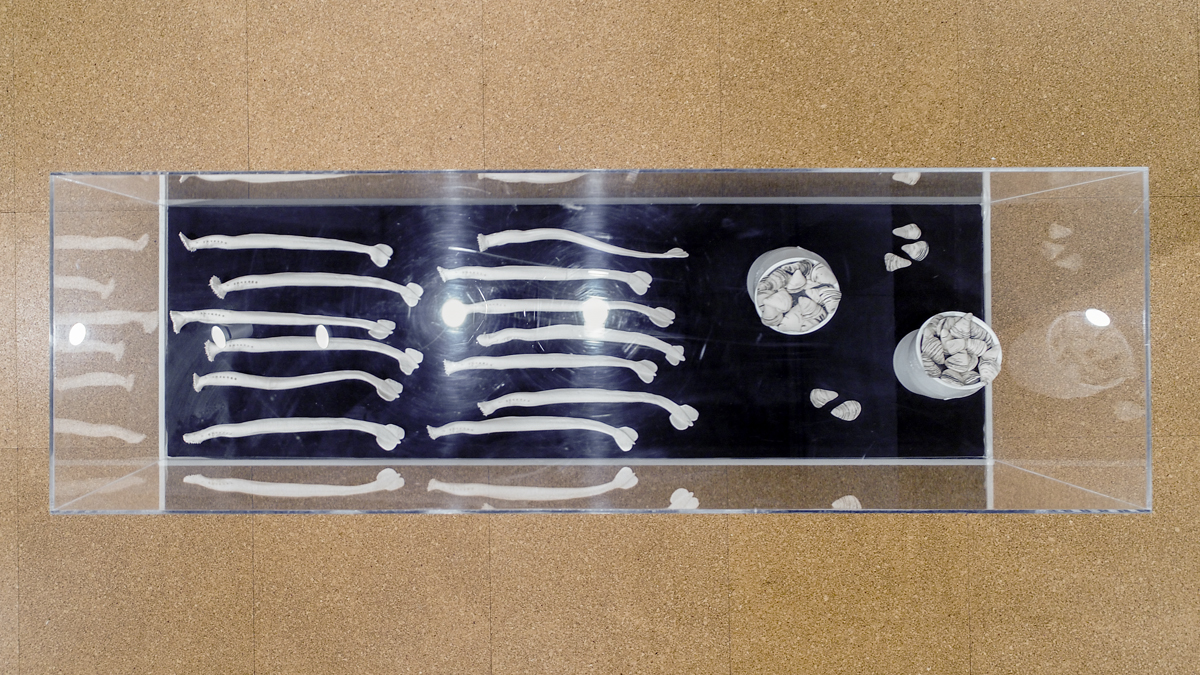
Sea Lamprey and Zebra Mussels, Ceramic, Drewelowe Gallery Iowa City, IA
ALL IMAGES
© M.KATIE WHITE 2023
© M.KATIE WHITE 2023
